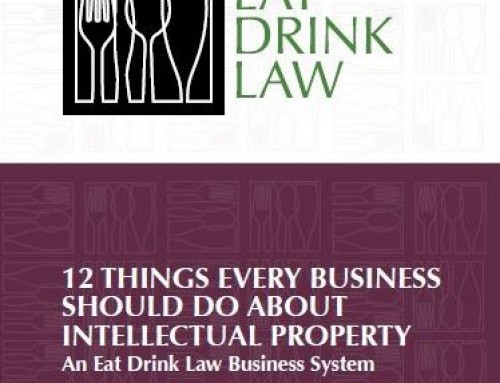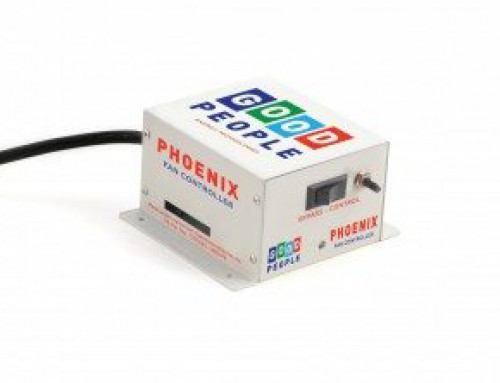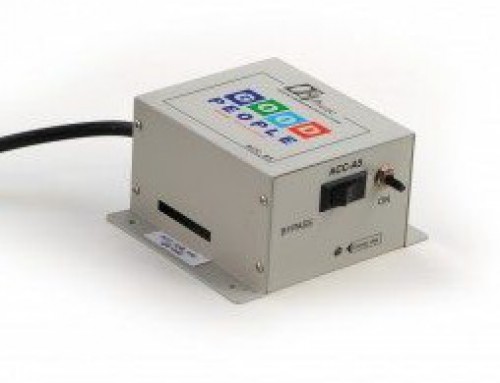If you are serious about your business, you have a website. Even if you don’t really sell or advertise on the web, a website is an important tool that people use to check out your business and see if you are real. In the craft food & beverage space, your brand can be won or lost on the web. If it isn’t your website, your Facebook page, online directory or review site listings (Yelp, etc.), or some other social media are likely to be part of your identity and how customers find and talk about you. Chances are good that your business is on the web one way or another.
For one thing, it’s gotten so easy to get on the web, why wouldn’t you? All you need is some text and pictures, maybe even a video or two, and you are good to go. There are cheap and easy website templates and site builder services all over the place. You can be up in minutes.
Better still, there is so much stuff already on the web. It’s simple to find catchy business descriptions, images, and more on the web. With Facebook and Yelp, sometimes there are even stories and pictures of your business already out there. It’s as easy as left click and “Save As” to gather media for your website.
There’s just one problem… copyright law.
The thing is, every piece of text, every image, every video, even templates and graphical elements are protected by copyright. It doesn’t matter whether or not they have a copyright notice or whether the creator registered them or even whether they understand that they have a copyright. When a picture is taken or other creative work is done, a copyright comes into being. So, with rare exception, the stuff you encounter on the web is covered by someone’s copyright.
Whenever an entrepreneur asks me what they should do about copyright on the web, the easy answer is, “Don’t steal other people’s stuff.”
Practically speaking, this means that if you can’t verify who owns something and document that you have their permission to use it, don’t use it. Don’t get me wrong, that is a dramatic oversimplification of the copyright law and there can be things that are truly in the public domain or uses that fall under a “fair use” defense and might be legitimate for you to do. But those are all highly fact dependent and largely require an IP attorney to figure out whether they really apply. You don’t want to pay an attorney every time you post something to Facebook.
So, here are a few quick tips for your web content:
- If you can create it, do. If you write the text, take the picture, or shoot your own video, you can be pretty sure you own it and have the right to use it however you want. Just remember to start from scratch. Incorporating other people’s copyrighted work into your own can create even more problems.
- If you can have someone do it for you, go for it (but verify). Using a graphic designer, professional photographer, or web developer do stuff for you is a great option. Just remember that you want to make sure they are as good about where they get their stuff as you are. It is a good idea to ask the source of stock photos and other elements and I always recommend using a contract that expressly puts the duty (and liability) for proper use of copyrights on your service provider.
- Check the terms (and keep a copy). There are lots of places where you can get stock images or reuse social media content, but it means really reading and understanding the terms and conditions. It is a form of copyright license and failure to follow the terms is just another kind of copyright infringement.
- Be reasonable and ready. If you know who owns it, ask about using it. If you are using it in a positive way, let them know what you are up to. Most people aren’t unreasonable about letting other people use their stuff, if you just ask. Be ready to comply with whatever conditions they place on it and be willing to find something else if they tell you to stop. Getting detailed permission in writing is always a good way to go (a formal license agreement if you can).
- Reasonable review and commentary is usually safe. The idea of “fair use” is about promoting freedom of speech, including social and academic commentary. Fair use is a complex analysis, but if you are quoting, linking, or borrowing an image that relates to your commentary and does not diminish the value of the thing you are commenting on, you are generally safe. If you are commenting positively, you will almost never encounter an issue. If you are being negative, then things can get complicated, so see #4 above or be ready to lawyer up and get a full analysis of what you are doing and whether the other person has a legitimate beef.
As a final note, realize that you are also a publisher and copyright holder the minute you start putting your content out there on the web. Unfortunately, you will quickly learn that others are not quite as respectful as I recommend you being. Certainly, individuals get away with a lot of borrowing, reusing, and riffing on other people’s stuff. You are unlikely to be able to do much about it. You can even run into institutionalized theft of your stuff. Entire industries exist on hijacking and tweaking articles and other content. Most of them operate out of foreign countries where enforcement would be unlikely and is cost prohibitive in any event. So, while I admonish you to be a conscientious denizen of the web, you have to do so with a thick skin and the understanding that not everyone else will return the favor.








